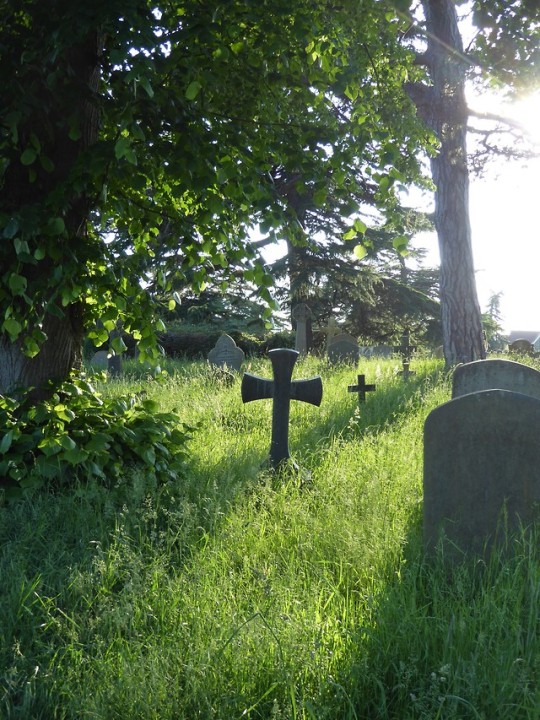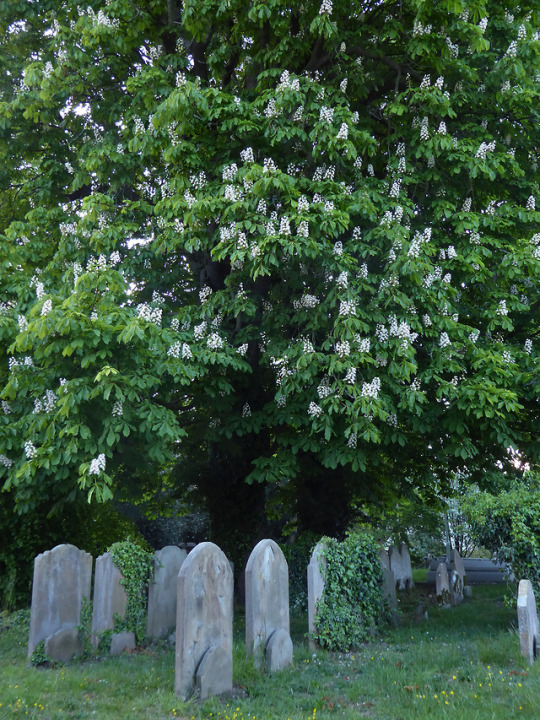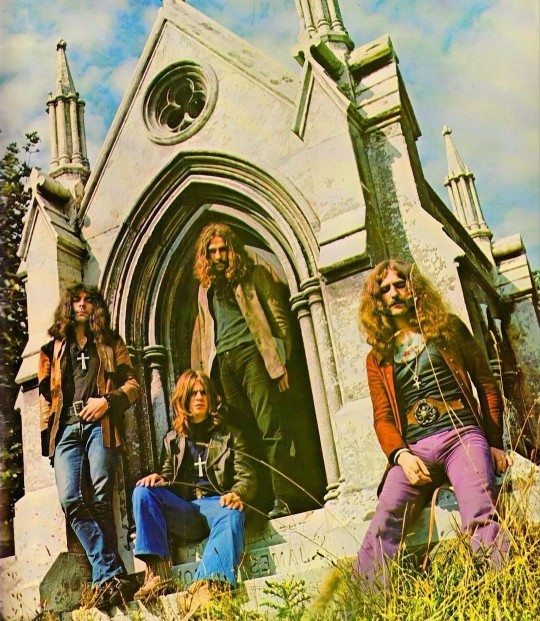Photo
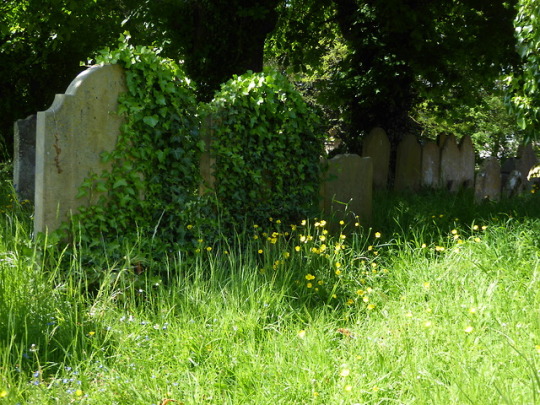
Nothing’s what it seems (3)
I learnt last week that an earlier Plague Pit lies beneath these 18th and 19th century stones and that’s why the road cannot be widened here (allegedly).
St Mary’s, Reigate, Surrey.
283 notes
·
View notes
Photo

Who wouldn’t feel at peace here?
St Mary’s, Reigate, Surrey.
66 notes
·
View notes
Photo

So….it’s May.
I saw Cow Parsley (a weed) featured in St George’s Chapel, Windsor today. Here we are in Surrey earlier this week.
St Mary’s, Reigate, Surrey.
126 notes
·
View notes
Photo

‘Evening All (1)
St Mary’s, Reigate, Surrey.
124 notes
·
View notes
Photo
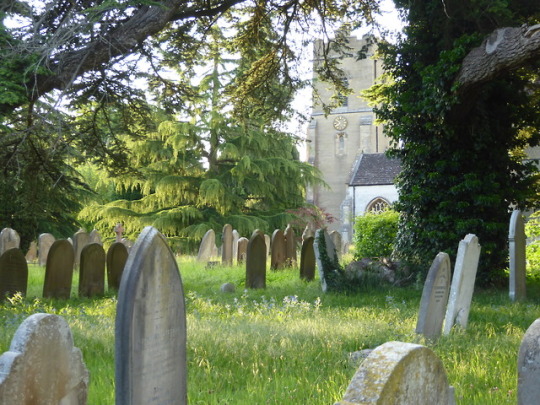
‘Evening All (2)
St Mary’s, Reigate, Surrey.
47 notes
·
View notes
Photo

Peaceful beauty. St Mary’s, Reigate, Surrey.
2K notes
·
View notes
Photo

Between the greens. Reigate St Mary’s, Surrey.
34 notes
·
View notes
Photo
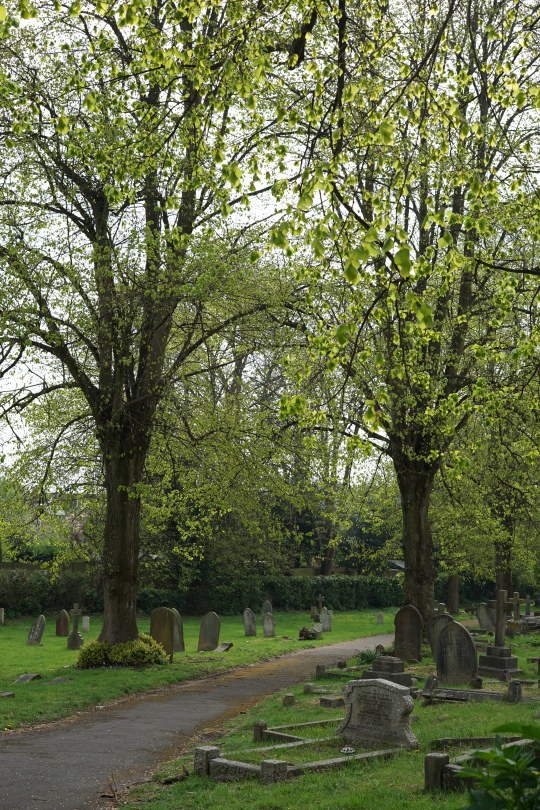
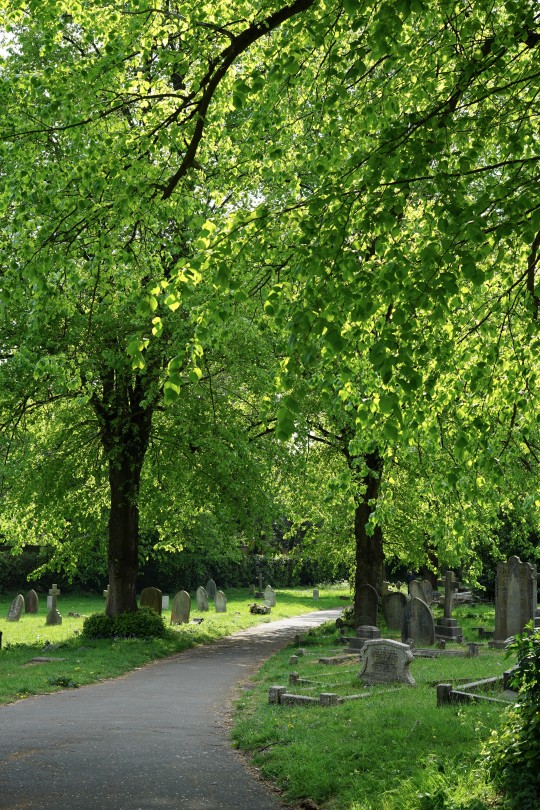
18th April and 27th April (3)
St Mary’s, Reigate, Surrey.
99 notes
·
View notes
Photo

Spring is springing…..
St Mary’s, Reigate, Surrey in the sunshine on Easter Monday. I’m off there again in a mo to see what it’s like now after a few more days of spring.
34 notes
·
View notes
Text

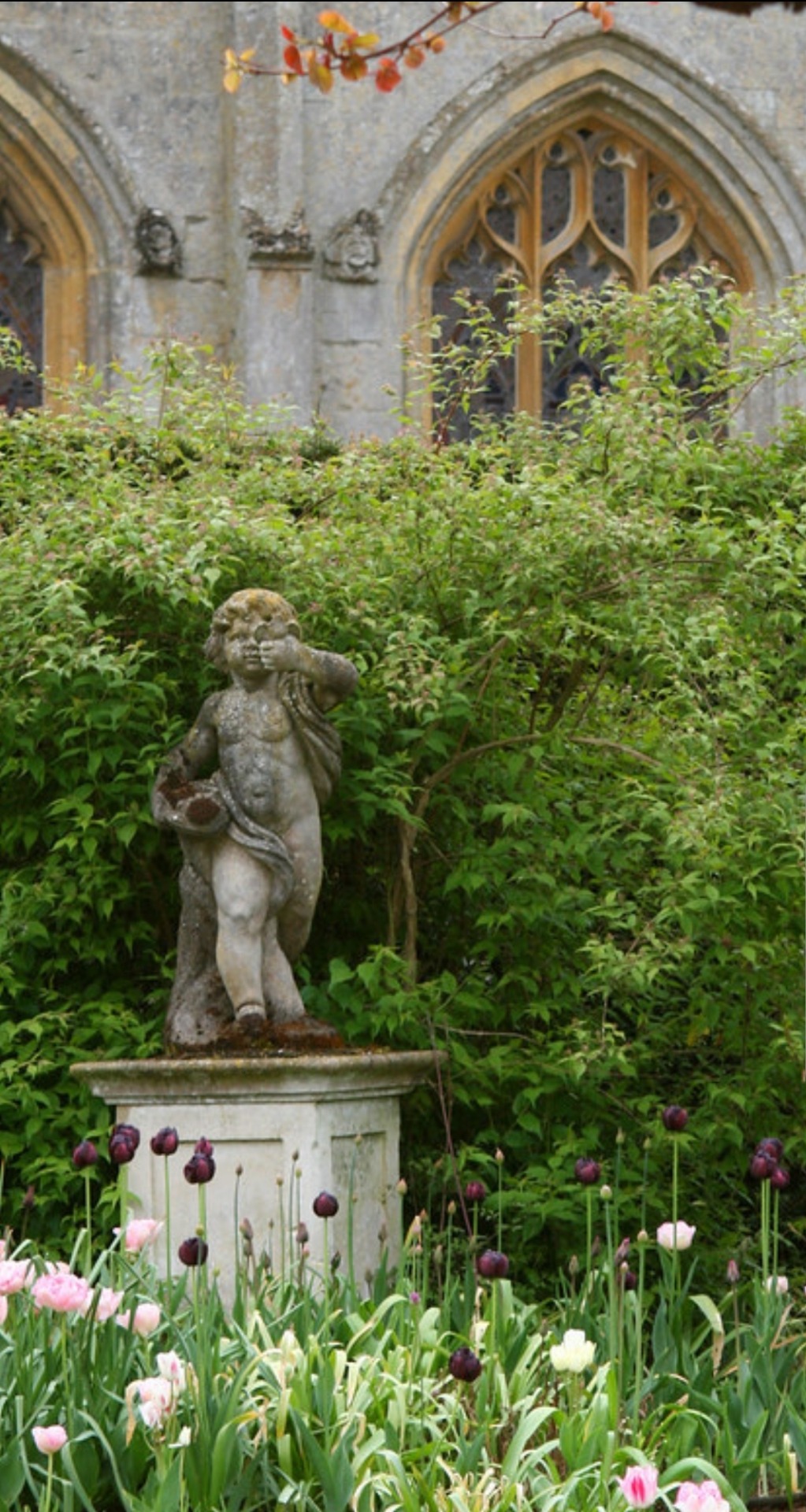
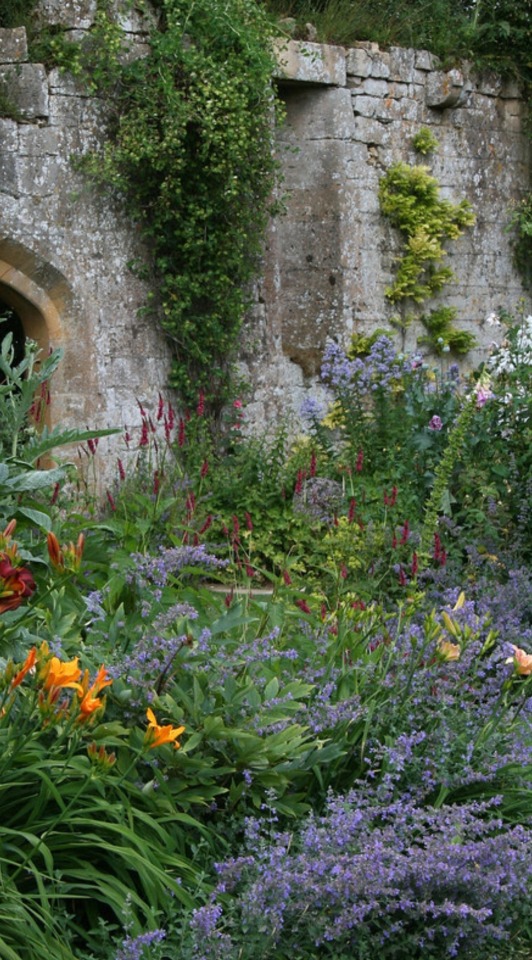


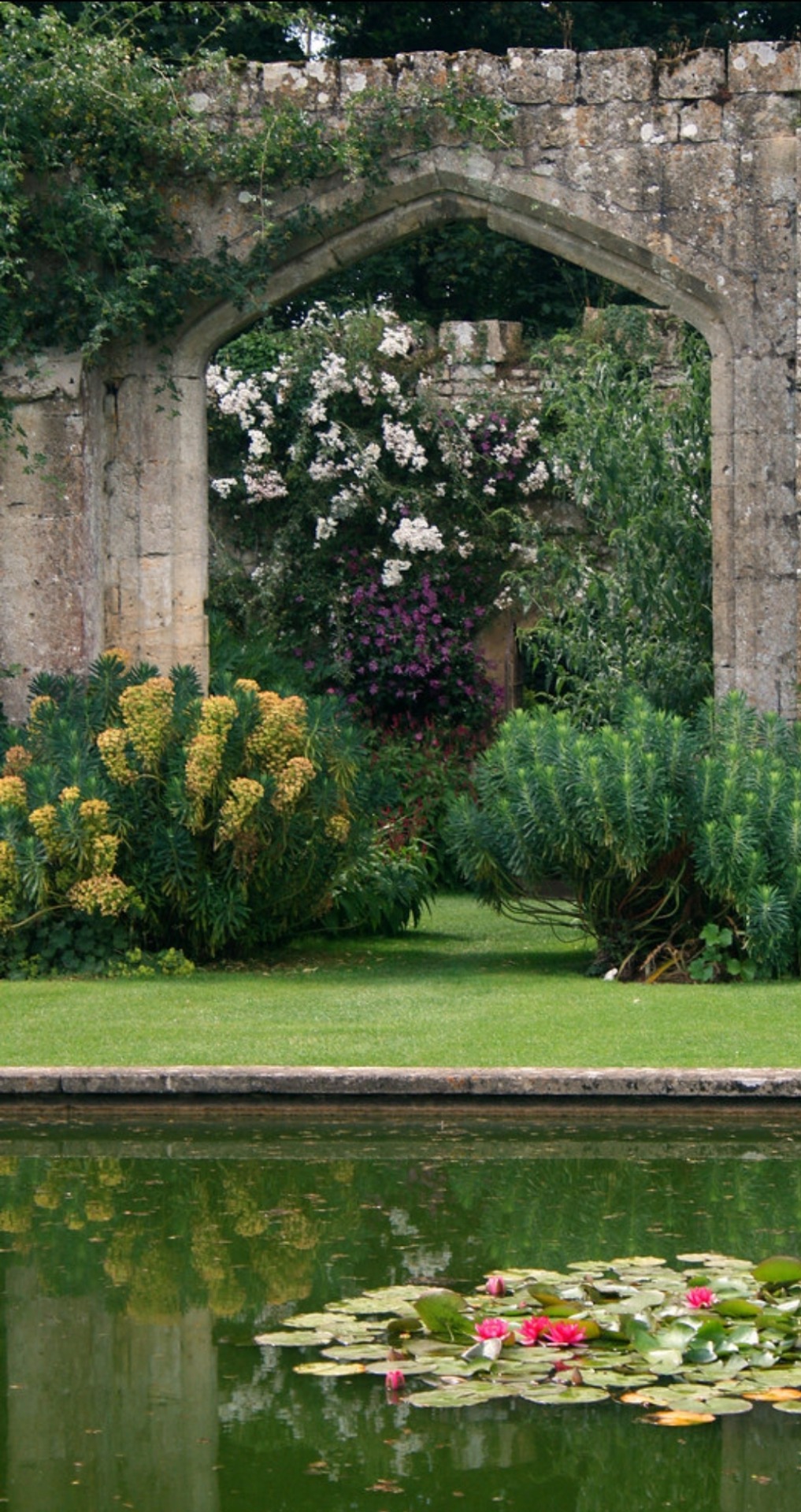
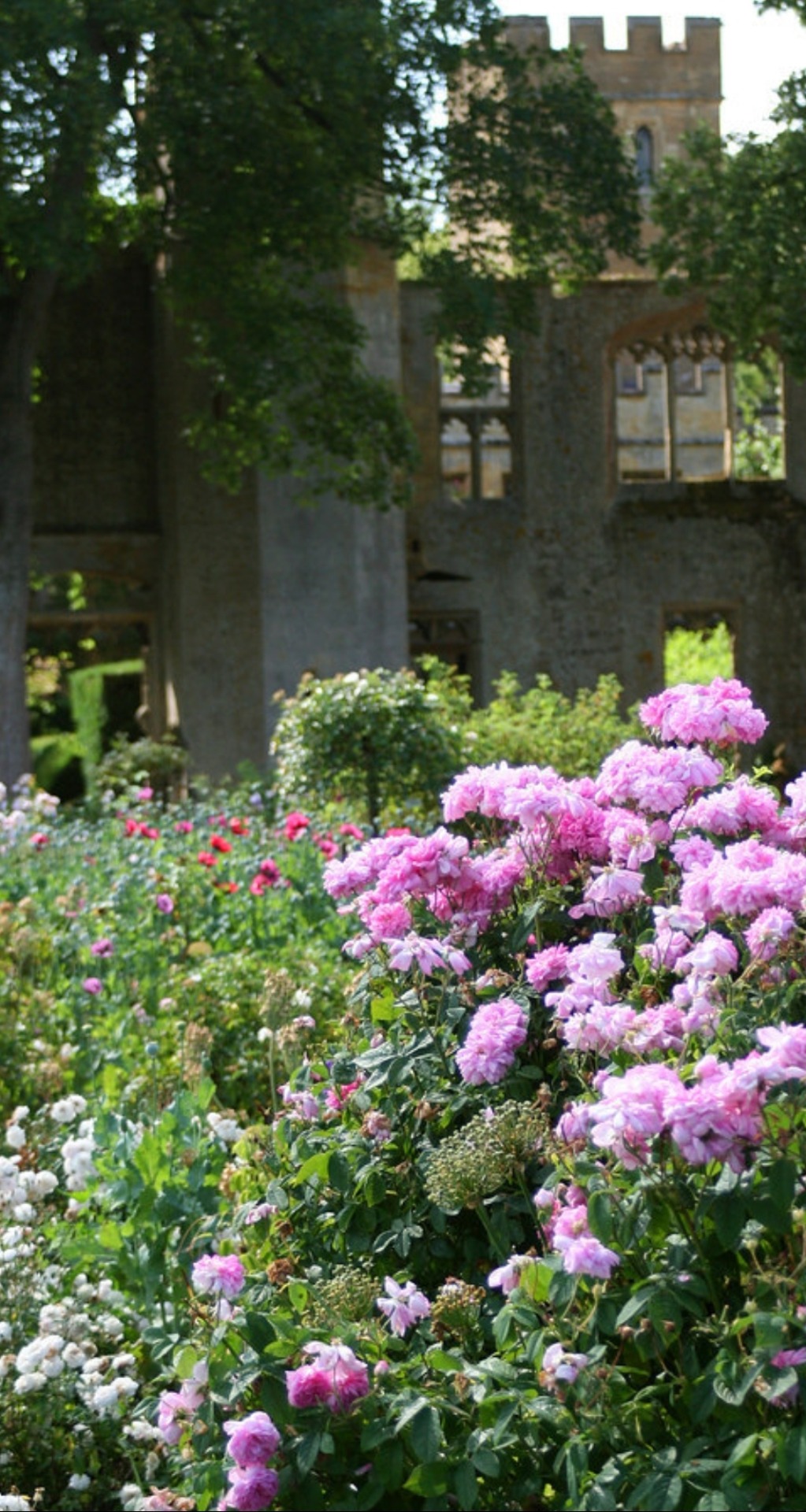


Sudeley Castle Gardens, the Cotswolds (Lindsey Renton on flickr)
1K notes
·
View notes
Photo
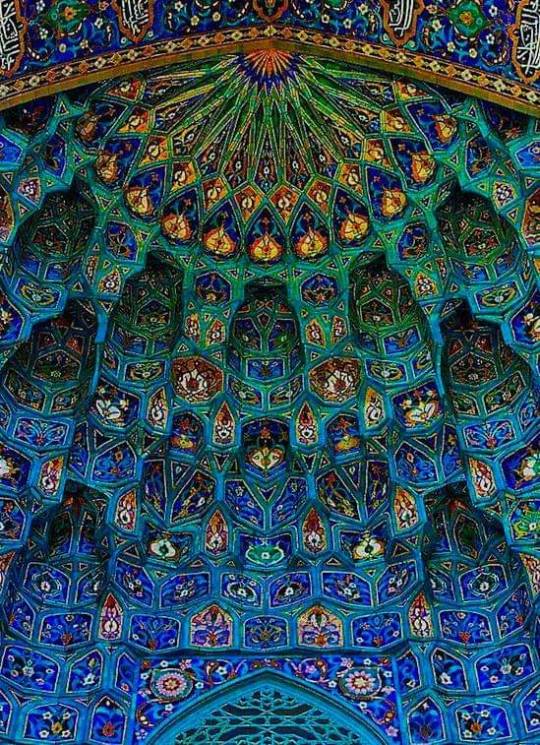
Mathemathical beauty of Saint Petersburg Mosque.
“Every place, be it mosque
or synagogue, is the house
of love.” -Hafez
Saint Petersburg Mosque. Maiolica of portal, in the form of Muqarnas.
This mosque was officially opened in Saint Petersburg on February 22, 1913, on the second day of celebrations to mark the 300th anniversary of the reign of the Romanovs. The building of the mosque was constructed in 1909-1920.
The design of the mosque was based on Gur-Emir Mausoleum located in Samarkand.
Muqarnas (Arabic: مقرنص Persian: مقرنس) is a type of corbel employed as a decorative device in traditional Islamic and Persian architecture. The related mocárabe refers only to projecting elements that resemble stalactites, alveole.
An architectural ornamentation reminiscent of stalactites, muqarnas developed around the middle of the 10th century in northeastern Iran and almost simultaneously — but seemingly independently in central North Africa; they take the form of small pointed niches, stacked in tiers which project beyond lower tiers, commonly constructed of brick, stone, stucco, or wood, clad with painted tiles, wood, or plaster, and are typically applied to domes, pendentives, cornices, squinches and the undersides of arches and vaults.
Muqarnas display radial symmetry based upon N-gonal symmetry. The number of unique tiles possible is derived from N = N/2 - 1. Larger N values result in thinner muquarnas tiles.
6 notes
·
View notes
Photo

Mihrab (Prayer Niche), Isfahan, 755 A.H./ 1354-55 C.E., mosaic of polychrome-glazed cut tiles on stonepaste body set into mortar, 343.1 x 288.7 cm, The Metropolitan Museum of Art.
“The most important element in any mosque is the mihrab, the niche that indicates the direction of Mecca, the Muslim holy pilgrimage site in Arabia, which Muslims face when praying. This example from the Madrasa Imami in Isfahan is composed of a mosaic of small glazed tiles fitted together to form various patterns and inscriptions. Qur'anic verses run from the bottom right to the bottom left of the outer frame; a second inscription with sayings of the Prophet, in Kufic script, borders the pointed arch of the niche; and a third inscription, in cursive, is set in a frame at the center of the niche. The result is one of the earliest and finest surviving examples of mosaic tile work.
Along the frame, a reference to the five pillars of Islam is written in kufic: “He [the Prophet], blessings and peace be upon him, said: “Islam is built on five attestations: there is no god but God and Muhammad is the Messenger of God, he established prayer and the giving of alms and the pilgrimage and fasting of [the month of] Ramadan.”
12 notes
·
View notes
